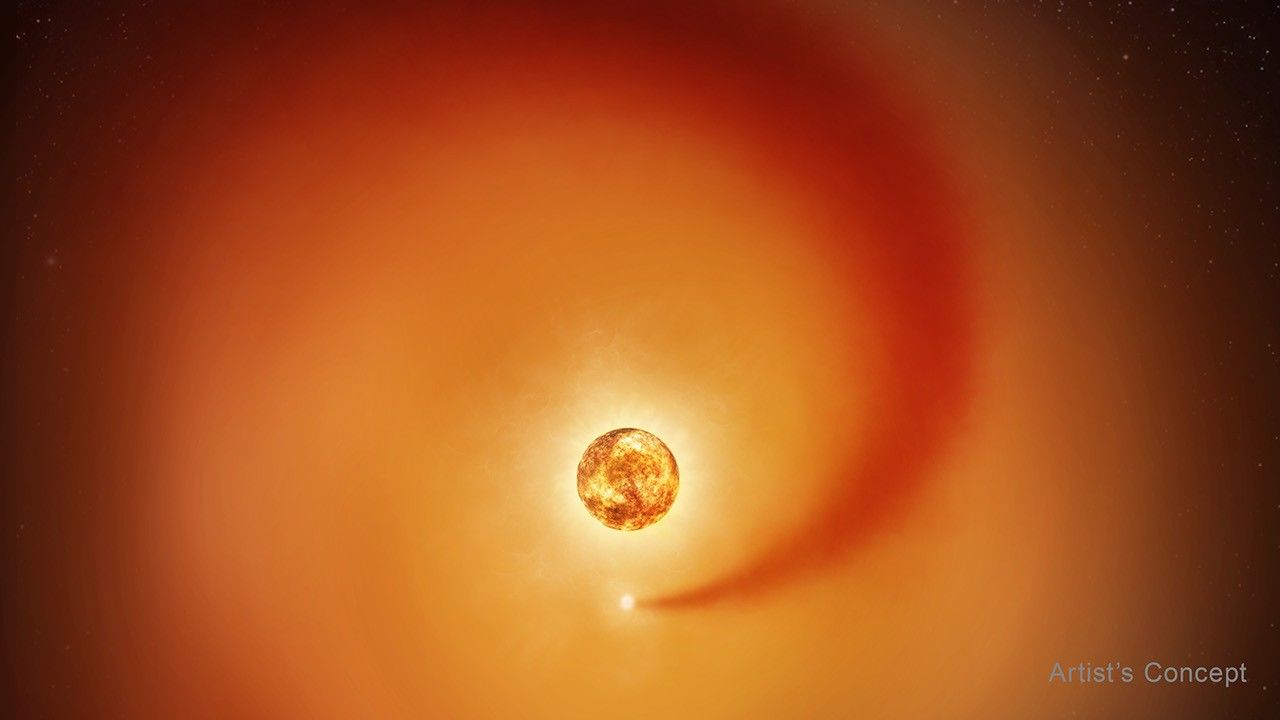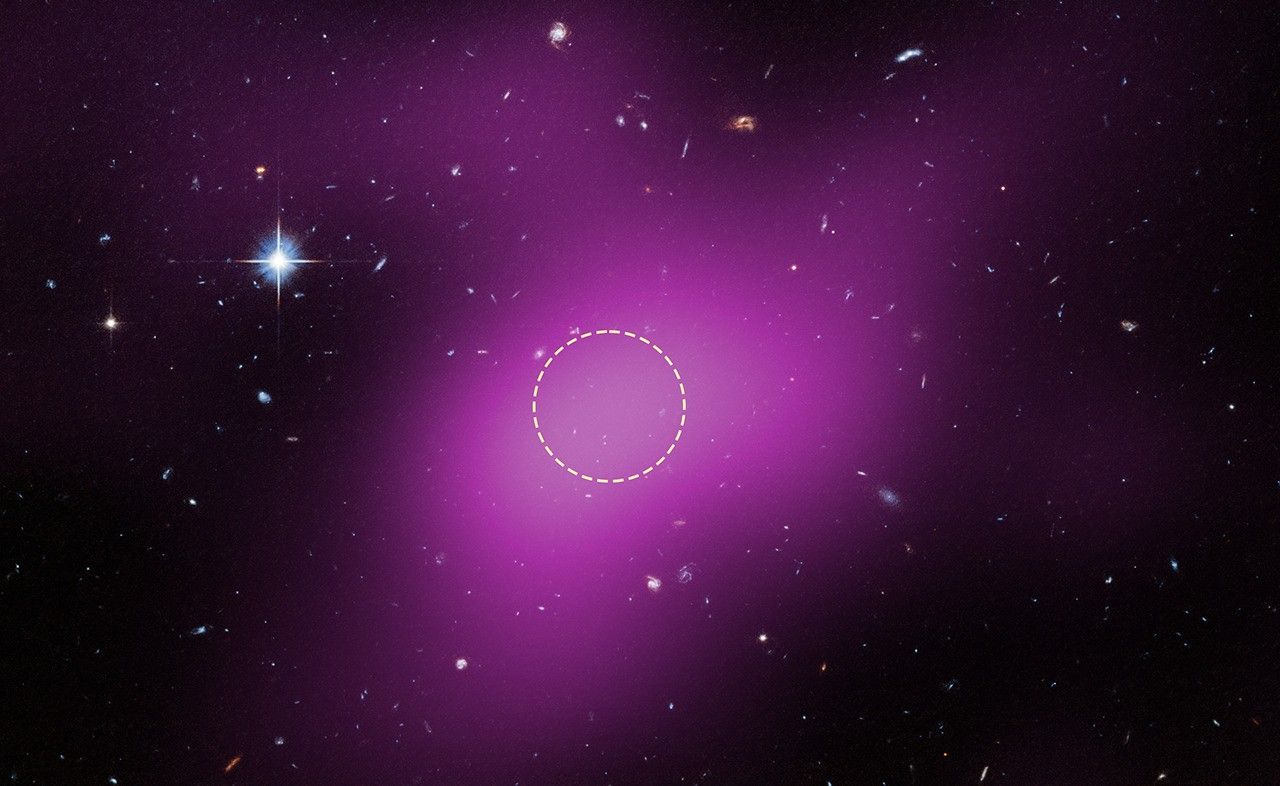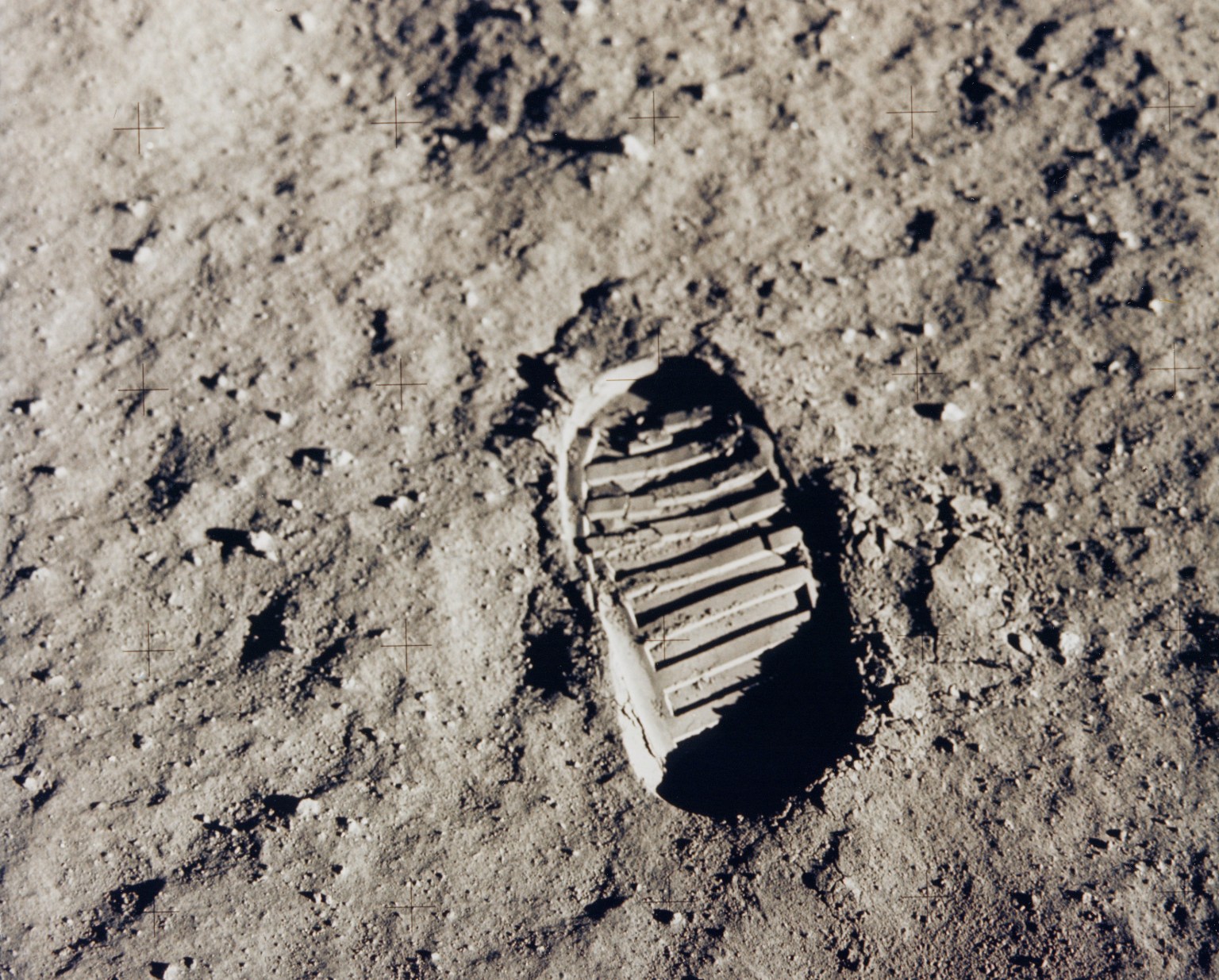This past month, NASA, FEMA, the United States Space Command, and other federal, state and local agencies convened for the fourth iteration of a Planetary Defense Interagency Tabletop Exercise to inform and assess our nation’s ability to respond effectively to a (simulated) asteroid impact threat to Earth. While there are no predicted asteroid impact threats to our planet for the foreseeable future, this exercise—sponsored by NASA and FEMA and hosted by the Johns Hopkins Applied Physics Laboratory (APL) in Laurel, Maryland—focused extensively on federal and state government coordination that would be necessary to respond to such a threat should one ever be discovered. Conducted in part to address activities called for in the National Near-Earth Object Preparedness Strategy and Action Plan, which outlines the nation’s strategy to address the hazard posed by near-Earth objects (NEOs), exercises of this nature are one of the many activities the government regularly conducts related to potential natural disasters to ensure our nation’s preparedness for any occurrence.
“While NASA has previously led and participated in simulated asteroid impact scenarios, this specific exercise marked the first time an end-to-end simulation of this type of disaster was studied, to include assessing a scenario from discovery of the asteroid impact threat through the aftermath effects of its hypothetical impact with Earth” said Lindley Johnson, planetary defense officer at NASA Headquarters. “An asteroid impact to our planet is potentially the only natural disaster humanity is capable of accurately predicting and preventing. Conducting exercises of this nature enable government stakeholders to identify and resolve potential issues before real-world actions to respond to an actual asteroid impact threat would ever be needed.”
Over the course of two days, multiple U.S. government agency officials worked through a detailed hypothetical scenario in which astronomers “discover” a simulated asteroid, designated 2022 TTX, that has a probability of impacting the Earth six months after its discovery. As more information was revealed to exercise participants through a series of modules, it became clear the (simulated) asteroid, which is large enough to cause substantial regional damage, would indeed impact Earth near Winston-Salem, North Carolina. Specific details of the asteroid such as its size—and therefore its impact energy and detailed damage it would cause—remained highly uncertain until just days before the asteroid’s simulated impact, mimicking how this information could unfold in the real world due to limitations of current capabilities, including ground-based radar technology, which requires an object to be within a relatively close proximity to Earth for current facilities to image and analyze. Thus, exercise participants navigated remaining in close coordination across federal and state government levels to ensure all stakeholders knew how and where to access information as it became available to planetary defense experts.
“FEMA is an ‘all-hazards’ agency and responds to all domestic disasters and emergencies, so when it became evident this simulated asteroid would impact somewhere within the United States, it required this level of interagency coordination” said Leviticus “L.A.” Lewis, FEMA Detailee to Planetary Defense Coordination Office at NASA Headquarters. “This fourth interagency asteroid impact tabletop exercise provided a forum for federal and local government officials to work through what an impending asteroid impact threat to the United States would look like, with the real people that would be needed for such discussions given this type of impact scenario.”
The completion of this interagency asteroid impact exercise marks another important milestone for the agency’s efforts in planetary defense, which continue to ramp up. Later this year, NASA’s Double Asteroid Redirection Test (DART) will be the world’s first mission to demonstrate technology for defending Earth against potential asteroid impacts. DART, which is currently on its way to a well-known asteroid that is not a threat to Earth, will squarely impact the moon of the asteroid to change its motion in space such that it can be accurately measured using ground-based telescopes. DART is designed to validate asteroid deflection computer models and demonstrate kinetic impact deflection as one viable method of responding to a future asteroid threat. However, for a technology like DART to be viable, it is imperative an impact threat be discovered with enough warning time—many years to a decade in advance. Thus, the development continues on the agency’s Near-Earth Object Surveyor mission (NEO Surveyor), which will be an infrared space telescope specifically designed to expedite the agency’s ability to discover and characterize most of the potentially hazardous NEOs, including those that may approach Earth from the daytime sky.
An after-action report for this specific exercise is currently in work and expected to be released publicly later this year.
The Johns Hopkins APL manages the DART mission for NASA’s PDCO as a project of the agency’s Planetary Missions Program Office (PMPO). NEO Surveyor is being developed by NASA’s Jet Propulsion Laboratory in Southern California, teamed with the University of Arizona, and managed by NASA’s PMPO with program oversight by the PDCO. NASA established the PDCO in 2016 to manage the agency‘s ongoing efforts in Planetary Defense.
For more information about NASA’s planetary defense efforts, visit:
https://www.nasa.gov/planetarydefense
-end-
Josh Handal
NASA Headquarters, Washington, DC
202-374-9832
joshua.a.handal@nasa.gov






































